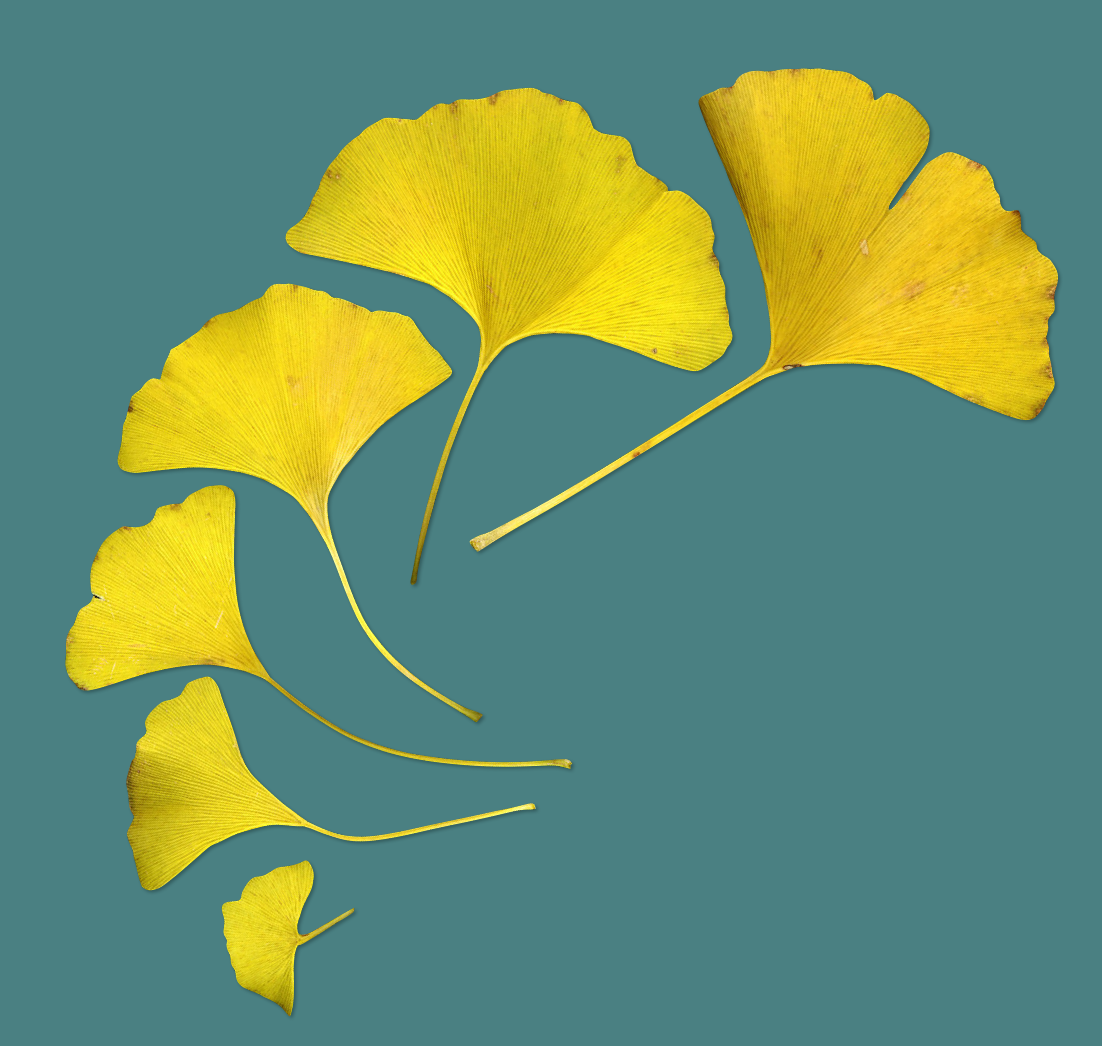Iron for Vitality
For me, the difference between having adequate iron levels and being anaemic has been life-changing. It's easy to get used to being chronically fatigued, run down, overwhelmed, lacking energy to exercise, or even eat well…and not take steps to see if it’s something as simple as being low in iron.
Dear woman of any age, when was the last time you got your iron checked? Were you told “it’s a bit low” and to “take an iron supplement”? And, did you take them consistently, and get retested 3 months later?
It has become so common for women to have low iron stores, which is the ferritin part of the pathology test, that doctors often gloss over it as if it’s not a big deal. They are often taught that high iron is dangerous and to be concerned about, but low iron just makes you tired, it’s not dangerous, so no big deal.
Symptoms
But it IS a big deal. If you are trying to function as a busy woman (whether a teenager, menstrual woman, perimenopausal or post menopause), and you have chronically low iron stores, you may be chronically fatigued, wired but tired, your sleep may be disturbed, you may feel breathless, have a fast heartbeat, cold hands and feet, lightheaded, have pale skin, brittle nails…and many other symptoms. Low ferritin/iron can also be a significant contributing factor to hypothyroidism, which can be related to weight gain (have I got your attention now?)
Anaemia
If you can, have a look at your latest iron pathology test, and look at the ferritin part. Is it under 30ug/L? Then you are anaemic. And you need to do something about it if you want to feel full of vitality. If it is under 50ug/L you probably also want to make sure you get it up to at least around 90ug/L, optimally. Some women don’t feel good until it is up around 150ug/L.
A doctor will often recommend eating red meat 2-3x a week—which many women simply don’t want to do—and taking an iron supplement and coming back in the future to see if it's working. Very few doctors will send you a reminder to come back in and get it checked, so you have to be proactive about it.
And second…many women stop taking their iron supplements because they get constipated or an upset stomach from them. And they can’t really feel them doing much good anyway. That’s because it takes many months of taking an iron supplement consistently to get your ferritin high enough to feel different and better. It may take 3 months before you notice any difference at all, and 6 months to a year or more for symptoms to subside. If they are working- sometimes they just barely work anyway.
Many women do not take iron supplements properly or are confused about which one to take. I recommend iron bis-glycinate as a type that will absorb well, but please take it with at least 500mg of vitamin C. Maltofer, available at pharmacies over the counter, contains another type, iron poly maltose, that is usually easy on the body. The best iron supplement however, is the one you will take.
Heme versus non-heme
Most iron supplements are non-heme, which means that you aren’t going to absorb a lot of them, just as we don’t tend to absorb a lot of iron from plants. Heme iron is absorbed well, but we can only get that from eating animals- and it is highest in red meat. However, there is now a heme iron supplement available in Australia from Ancestral Nutrition called Primal Iron, which comes from grass-fed Australian and NZ cattle spleen. That is the iron supplement I now recommend the most, and I take it myself.
You may have heard that iron should be taken every second day, not daily. Yes, that can be true, as the peptide hormone that helps regulate iron absorption, distribution and homeostasis in the body, hepcidin, will downregulate if you take iron daily, to protect against iron overload. However, taking 1000mg Vit C with your supplement can help keep hepcidin levels up so you can take it daily if you want, to speed up the process.
Iron infusions
However, if you are anaemic (ferritin under 30ug/L), I highly recommend you get an iron infusion. You will need a doctor’s referral, but many doctors’ clinics nowadays offer the infusion for between $100 and $200. It takes about an hour, and it will get your iron up quickly, which saves a lot of time messing around with taking supplements for months. It is pretty much painless.
My experience with iron infusions has been life-changing—I have had three in 15 years, two in my 40s and one in my 50s. Each time, I go from being chronically fatigued and dragging myself through life….to having lots of energy and feeling full of vitality. Last time, even though I am postmenopausal, I asked for one because my ferritin was about 30ug/L, and I didn’t want to wait for it to get lower.
A few months after my last iron infusion, I was inspired to start strength training at the gym. I would not have felt I had the energy to do that before the iron infusion. I also wish I had listened to a doctor who recommended I get an iron infusion when I was in my early 30s because I think I would have been a better, less tired mother to small children. I wanted to be ‘natural’. Now, I just want to be well and have energy.
I hope I have inspired you to take your chronically low iron levels more seriously and do something about them. It can make a huge difference to your sense of well-being. It can also contribute to other things going on in your body, such as your thyroid, which can just work better if you are iron-replete.

